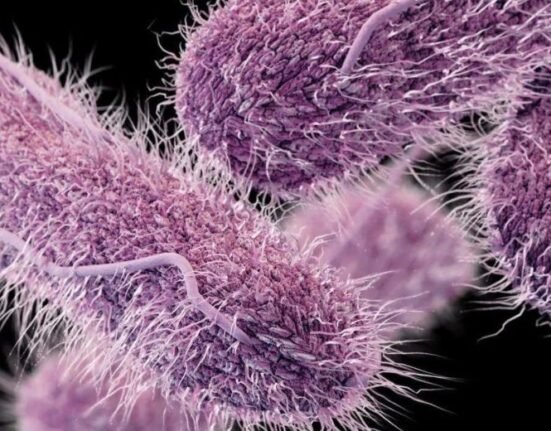HQ Team
October 30, 2025: Research teams from the University of Warwick and Monash University Chemists have discovered a promising new antibiotic that can fight dangerous, drug-resistant bacteria.
The new antibiotic, named pre-methylenomycin C lactone, is remarkably potent. It was found to be over 100 times more effective than a related, well-known antibiotic at killing a range of tough bacteria.
A surprise discovery
This discovery comes at a critical time, as the World Health Organization warns of a severe shortage of new antibiotics in development.
The research teams made the discovery while studying a common antibiotic-producing bacterium called Streptomyces coelicolor. This bacterium has been researched by scientists since the 1950s.
The team investigated the natural process the bacterium uses to make a known antibiotic called methylenomycin A. By deleting certain genes, they uncovered two previously unknown intermediate chemicals in this process.
One of these intermediates turned out to be the powerful new antibiotic. It was essentially “hiding in plain sight” for decades.
“It looks like the bacterium originally evolved to produce this powerful antibiotic, but over time changed it into a weaker one,” said Dr. Lona Alkhalaf, a co-lead author from the University of Warwick. “Finding a new antibiotic in such a familiar organism was a real surprise.”
Potent weapon against superbugs
When tested, pre-methylenomycin C lactone showed strong activity against Gram-positive bacteria. This includes the species responsible for Methicillin-resistant Staphylococcus aureus (MRSA) and Vancomycin-resistant Enterococcus (VRE). These are major superbugs that are difficult to treat.
Even more importantly, researchers could not detect any resistance to the new antibiotic in lab tests. Under the same conditions, bacteria readily became resistant to vancomycin, which is a last-line defense drug. This difficult-to-resist profile makes it an extremely promising candidate.
New path for antibiotic discovery
This finding suggests a new strategy for finding future antibiotics. Instead of just looking at final natural products, scientists can now search the intermediate steps of their creation for more potent compounds.
“The next step is pre-clinical testing,” said Professor Greg Challis, the study’s co-lead. Fortunately, the teams have already developed a way to synthesize the antibiotic in the lab, paving the way for further research and development.
With its simple structure, potent power, and ability to evade resistance, this new antibiotic could one day help save some of the 1.1 million people lost to antimicrobial resistance every year.
Antibiotic-resistant infections may kill 39.1 million people in the next 25 years equating to three deaths a minute, a global study finds. Additionally, illnesses associated with resistance to available antibiotics will further claim the lives of 169 million people, according to a study by the Global Research on Antimicrobial Resistance (GRAM) project, a global team of researchers.
The discovery comes at a crucial junction to aid in the fight against increasing antimicrobial resistance in the world.
The study is published in the Journal of the American Chemical Society (JACS),

